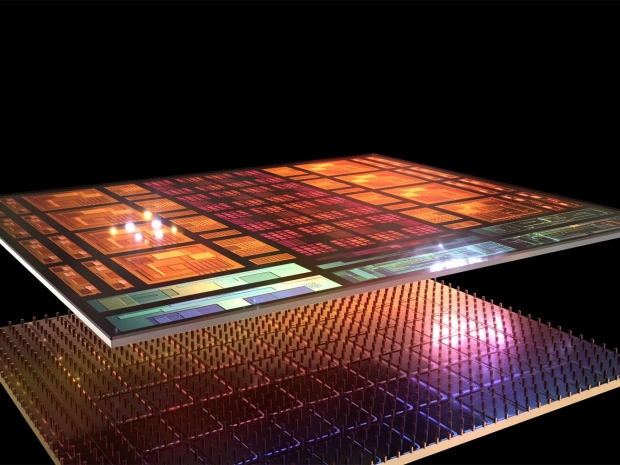AMD’s head of Client Channel Business David McAfee told TechPowerup the figure applies globally.
As PC Gamer points out, half of AMD’s current CPU sales are still for the older AM4 socket, even though the Ryzen 5000 series was the last family of chips made for it.
McAfee said, "Different markets have different preferences. North America and Western Europe skew toward higher-end AM5 builds. But overall, it’s close to 50/50.”
The AM4 socket was first introduced in 2016, and the latest Ryzen 5000 chips for AM4 debuted in late 2020. Yet, here we are in 2025, and half of AMD’s desktop CPU sales still rely on the AM4 platform.
Some of this is because the Ryzen 7 5800X3D remains an excellent gaming CPU, and the 16-core Ryzen 9 5950X is still brilliant at content creation.
When running at 1080p, the 5800X3D is comparable to and often faster than Intel’s latest Core Ultra 9 285K flagship GPU. At higher resolutions like 1440p or 4K, especially with new graphically demanding games, the performance difference between the 5800X3D and the latest 9800X3D is minimal because the GPU, not the CPU, limits the frame rate.
In June last year, AMD launched two new but old Zen 3 chips for the AM4 socket. In October, the eight-core Ryzen 7 5800XT and the 16-core Ryzen 9 5900XT were followed by the six-core Ryzen 5 5600XT, proving that the AM4 platform still has plenty of life left in the old socket yet.
While the AM5 is more future proof there are some other significant differences.
AM4 Socket
Release Year: 2016
Processors Supported: Ryzen 1000 – 5000 series
Architecture: Zen, Zen 2, Zen 3
Pins: 1331
Chipsets: X470, X570
Memory Support: DDR4
PCIe Support: Gen 3.0, Gen 4.0
TDP: 142W
Backward Compatibility: Extensive, supporting multiple generations of Ryzen CPUs
AM5 Socket
Release Year: 2022
Processors Supported: Ryzen 7000 series and beyond
Architecture: Zen 4
Pins: 1718
Chipsets: X670
Memory Support: DDR5
PCIe Support: Gen 5.0
TDP: 230W
Backward Compatibility: Limited, as it's designed for newer Ryzen CPUs
Key Differences
Memory Support: AM5 introduces support for DDR5 memory, offering higher speeds and greater bandwidth compared to DDR4 supported by AM4.
PCIe Support: AM5 supports PCIe Gen 5.0, providing more throughput for next-gen graphics and NVMe storage, whereas AM4 supports up to PCIe Gen 4.0.
Power Delivery: AM5 supports higher TDP (up to 230W), allowing for higher frequencies and core counts, while AM4 supports up to 142W.
Pins: AM5 uses a 1718-pin LGA design for better power delivery and thermal management, compared to the 1331-pin PGA design of AM4.
Backward Compatibility: AM4 is known for its extensive backward compatibility, supporting multiple generations of Ryzen CPUs, whereas AM5 is designed specifically for newer Ryzen CPUs.




